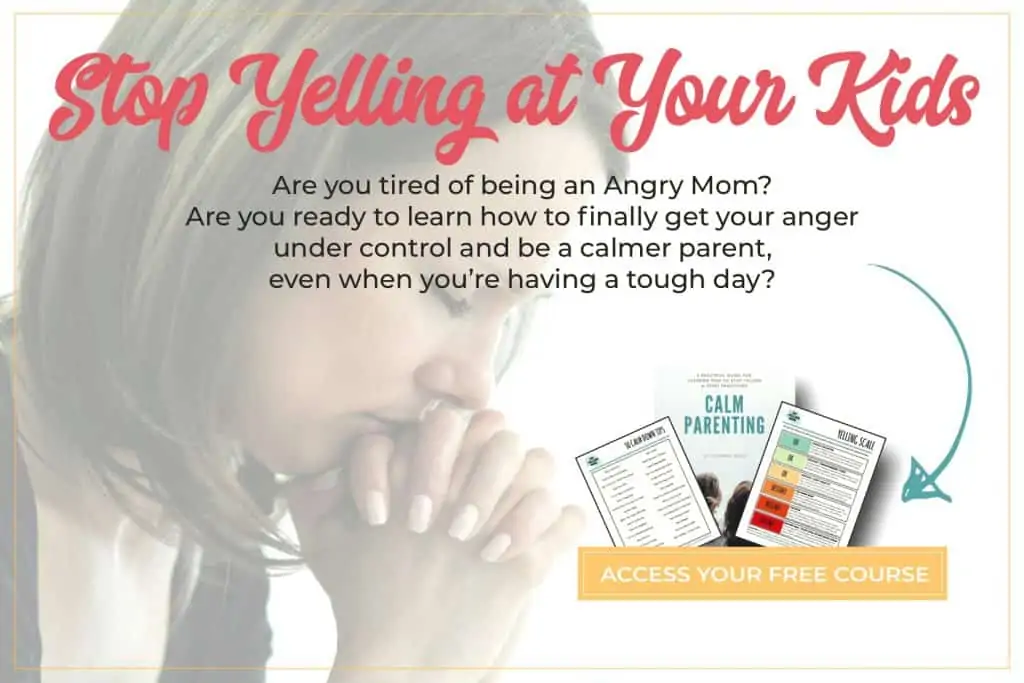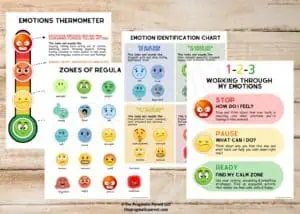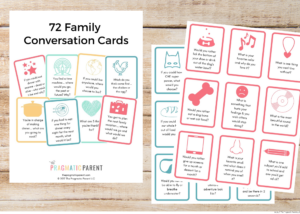Temper tantrums are in inevitable (and unenviable) part of parenting.
Some children, as young as 12 months can throw down with the best of them, but there are reasons why children have temper tantrums.
It’s not just because it’s a “phase,” they’re tied to emotional development and the environment parents create for them.
Well, how do you stop and deal with temper tantrums if they’re inevitable???
Temper tantrums can be controlled. They can be limited and they can be minimalized… if you know how to stay ahead of them. The environment you create in your own home, will help head off tantrums and help you mitigate them when they do pop up.
When they do happen, and they still will but just not as regularly, there are steps in how to react without escalating the situation and methods to calm a temper tantrum whether you’re at home or in public.
REASONS WHY TEMPER TANTRUMS OCCUR:
- Your child can’t speak for themselves and can’t articulate what they want, or don’t want
- Your child feels that they’ve lost control and aren’t able to make choices and decision for themselves
- Your child is acting out for attention
- Your child is trying to assert their independence
- There is a change to the environment and your child is uncomfortable and choosing to act out
- Your child’s daily routine is off
- Your child isn’t very coordinated yet and has limited abilities. They can easily get frustrated when what they’re trying to do (ex: stacking blocks, putting doll clothes on, etc.) isn’t going according to plan
- Your child is overly tired and/or hungry
STEPS TO ASSESS HOW TO CORRECTLY REACT
ASK YOURSELF:
Is your child hurt, hurting himself, hurting others or property/toys/other’s belongings?
If the answer is YES:
- Remove your child from the situations to keep him from harming himself, others and/or personal property.
- Create a calm down space in your home or find a safe place wherever you are, to allow your child to calm down and ensure they cannot hurt themselves or others.
- Walk outside if you have to, to get some fresh air and a change of environment.
If the answer is NO, try one or several of these tips:
- Try to comfort your child with affection, give him a hug and hold him tight until he calms down.
- Get down to eye level and be empathetic to their feelings as you try to calm him down.
- Lower your voice, speak sweetly and calmly. Try to see the situation through your child’s eyes and demonstrate to your child that you understand his feelings.
- Use descriptive words that explain his feelings so he can agree with your explanation or offer his own. Identifying feelings and communicating about them is an important step.
- For example: “You seem angry because we cannot get this toy at the store. Is that why you’re upset?” OR “You seem like your feelings were hurt when your friend wouldn’t share his toys with you, I know it hurts my feelings with others don’t share with me.”
- Reasoning with your child goes out the door when they’re having a temper tantrum; empathy will work faster and better than any reasoning and disciplining will.
- Put your child is a calm-down space where he can calm down on his own, in his own time
DO NOT PUNISH TEMPER TANTRUMS
Temper tantrums are an emotional reaction to feelings and environment.
Explosive and long-lasting temper tantrums can easily trigger a reaction of your own and if you react by yelling, with discipline and physical punishment such as spanking, expect several additional reactions from your child.
- Children learn that their parents are not in control of their emotions either. When parents act out-of-control, uneasy and scary feelings are created in children.
- Children will feel that their emotions are not safe to express to their parents and they may feel conflicting feelings when they try to open up to you about their feelings and reactions.
Children look to their parents for help and guidance about how to act and react to situations.
If a parent cannot control themselves and act like an adult, how do you expect your child to learn to identify and deal with their emotions when they’re on the verge of a tantrum?
If parents feel like they’re losing control and may react by yelling or with punishment, the best thing they can do is leave the room and leave their child in a safe spot so they can take a few minutes to calm down.
Nothing good will come from a parent who is yelling and sharp words.
WHAT TO DO AFTER A TEMPER TANTRUM ENDS
Take a moment, after your child has calmed down, to briefly talk about your child’s feelings.
Ask them to explain to you why they had a temper tantrum, what caused their mood to shift and how it made them feel to act like that way.
Sometimes a child’s temper tantrums can be scary for little kids and make the situation worse and harder to calm down.
Big emotions are scary for little kids and they don’t have the capability to understand what they’re feeling so its up to parents to help them name their emotions, identify how they make them feel and what the triggers may be that caused it in the first place.
Reinforce what rules are allowed and not allowed if their temper tantrum was caused by a reaction to breaking a rule.
For Example; We don’t allow running in the house and if we’ve asked them to stop running in the house and they continue to do it, we’ll put them in a space to take several minutes of quiet/calm down time to themselves.
Sometimes this causes a strong reaction, and when it does, after the temper tantrum has passed, we’ll discuss what the rule is and why we don’t allow for running in the house.
Recommended Books on Big Emotions & Feelings:
Additional Helpful Parenting Resources
- Parents: 5 Steps to Teach Kids How to Manage Big Emotions (Free Printable)
- Handling Toddler Tantrums: Big Emotions & Helping Your Toddler Feel Heard
- Helping Kids with Transitions: Switching Gears without Tears
- Parenting Mindset: How You See Your Child on Hard Days Affects Your Relationship
- How to Stay Calm When Your Child Misbehaves












